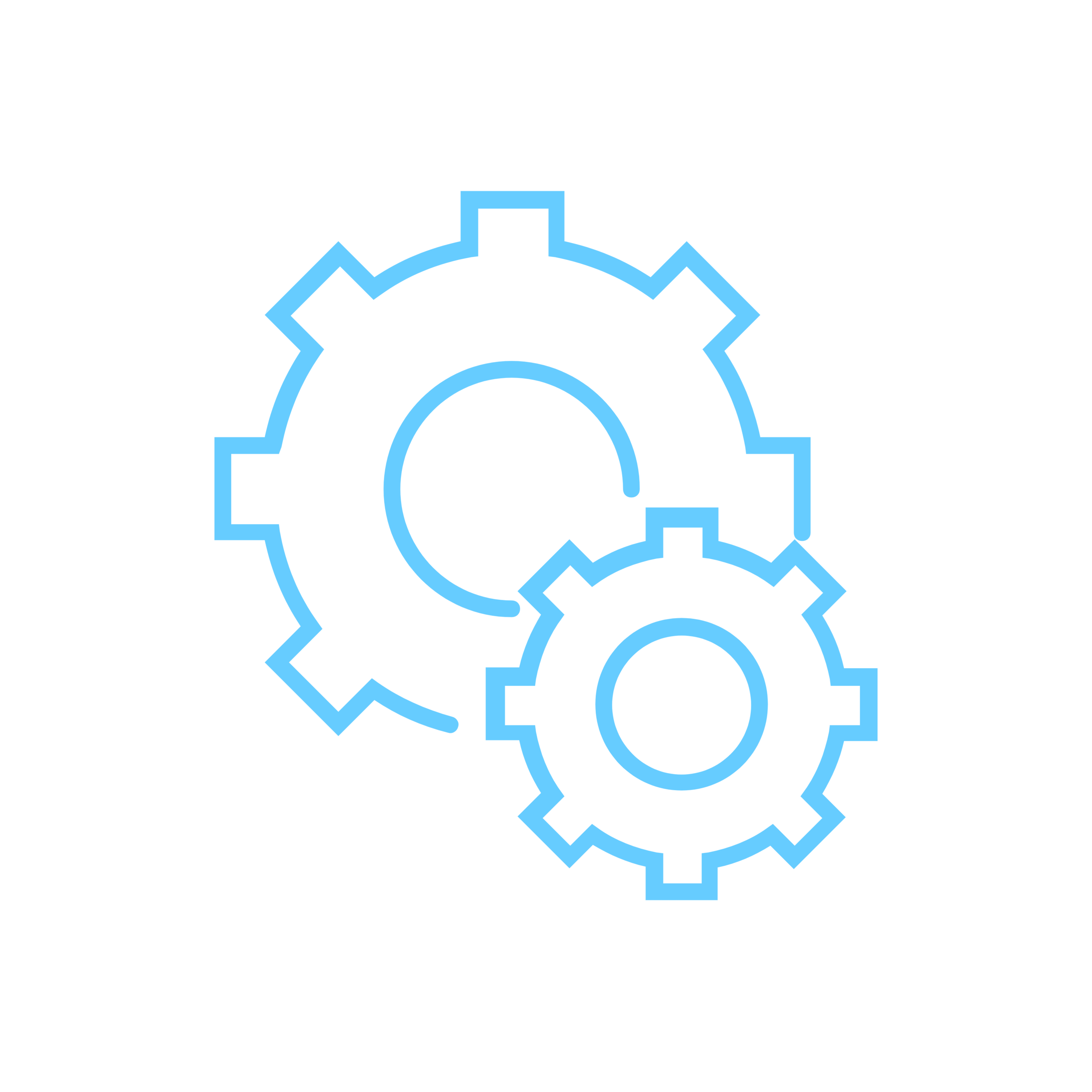Cases Overview | Advisory Smart Buildings
How Europe’s most traditional industrial manufacturer unlocked the value of software-based solutions
Their story
Founded in the first half of the 19th century, Europe’s largest industrial manufacturer looks back on a long and eventful history. With the passing of decades, the company has grown into a truly global player with 350k+ employees and 200+ production facilities around the world.
Today, the constructor of the world’s first long-distance telegraph line stands firmly rooted in the 21st century, offering cutting-edge solutions in the fields of healthcare, energy, and building technologies. Recently, one trend has dominated all sectors: a shift from hardware to software-based services.
Their challenge
Zooming in on the building technology sector: by 2019, the legacy manufacturer had developed an impressive array of novel digital offerings for buildings. Their solutions ranged from tools for monitoring energy consumption, reporting on sustainability metrics, and measuring space utilization to predictive maintenance software. Yet, many questions around the offering of these services remained open. Which solution did their clients really need? How much would they be willing to pay? Would facility managers around the globe have different requirements for their smart building?
To answer these questions quickly and in a structured way, the company decided to partner with the BMI Lab, an advisory with years of experience in developing suitable revenue models and pricing mechanisms.
Similar situation? We’re happy to help.
Our solution
To support the manufacturer in identifying a viable revenue model for their bundle of smart building technologies, the BMI Lab developed a three-step business model improvement project. Over the course of five months, the offering underwent one full testing cycle. The company’s internal project team participated in three two-day workshops to learn the Business Model Navigator methodology. In between, they convened once a week to work on pre-defined tasks in constant consultation with their dedicated BMI Lab experts.
Step 0:
Project kick-off
Mapping out product bundle with key features, customer segments and current pricing.
Outcome
Initial concept
Testing roadmap
Step 1:
Best practices
Exploring revenue models and pricing of successful companies across different industries.
Outcome
50+ revenue model ideas
Key assumptions
Step 2:
Internal needs
Investigating the needs of local branches distributing the solution with an online survey.
Outcome
Refined model
First prototype
Step 3:
Customer validation
Interviewing customers during field-trip with tools such as a mock landing page.
Outcomes:
Confirmed assumptions
Pricing model
Their results
Five months after the project launch, the manufacturer has made significant progress on developing and validating a model for monetizing the value of their software bundle from the end-consumer.
Validated model
Based on the findings from the research into the needs of local branches distributing the smart building solutions, the analysis of global best practices and the interviews with actual customers, the manufacturer’s project team was able to develop a viable revenue model for their smart building solutions: a software-as-a-service (SaaS) model with a pre-tested pricing structure.
Clear next steps
Having undergone a complete testing cycle, the new service bundle was ready for its marketing launch. To further improve the model, ongoing tests and readjustments would be needed. To support this process, BMI Lab’s experts translated the list of unverified assumptions into a coordinated testing plan with actionable next steps and tools to use along the way.
Innovation capabilities
Driving an innovation project forward, naturally, requires more than a plan and tools – you also need employees with the necessary set of skills. During the business improvement project, participants had the opportunity to strengthen their business model innovation capabilities, a skill that will continue to benefit them and the manufacturer well into the future.
5
days of international teamwork
4
hours of in-depth customer interviews
50+
revenue model ideas generated
Get started
Business Model Improvements are high-paced, short-term projects that deliver a clear answer to a specific business challenge – from the ideation of novel business model ideas, through the integration of new solutions into the existing business to the realization on the market.
Get in touch
Schedule a free consultation call with our Business Model Improvement expert to explore how you can create new business for your organization.
Book 15 min call at your convenience
Receive a personalized quick assessment
Get to know us - no strings attached
Established
methodology
Holistic
approach
Leveraging
synergies
Cross-sector
expertise










